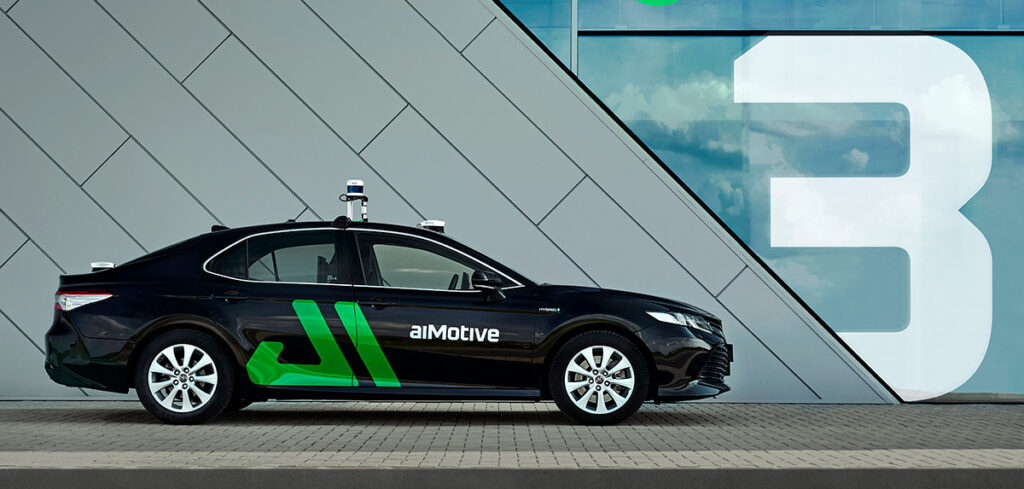aiMotive, a modular automated driving technology supplier, has issued the latest release of aiDrive, its scalable, portable, high-performance, hardware-neutral L2-L4 software stack for AD and ADAS applications. The latest release, aiDrive 3.0, features the company’s virtual sensor technology, enabling rapid adaptation to a wide range of sensor configurations while requiring as little as a fifth of the processing power of conventional approaches.
“Reusability and state-of-the-art perception performance are all essential for the successful and rapid deployment of automated driving in production vehicles, especially for newer players aiming to disrupt the market,” said László Kishonti, the CEO and founder of aiMotive. “The new features in aiDrive 3.0 have already helped us to deliver impressive results for one of our customers targeting SOP in 2024. We believe that by focusing on such key metrics, alongside scalability and hardware neutrality, we have enabled aiDrive 3.0 to set a new benchmark for the automotive industry.”
aiMotive states that in addition to upgrades to almost every module, aiDrive 3.0 incorporates several other new features including:
- VS (Virtual Sensor) technology, enabling all software modules to be reconfigured to work with a wide range of different vehicle form factors, sensor types and configurations with minimal revalidation;
- MS2N (Multi-Sensor Model-Space Networks), which are claimed to deliver new levels of perception accuracy with substantial reductions in processor performance (and therefore ECU power consumption) thanks to decreased complexity. By directly fusing data from multiple sensors, pre- and post-processing are greatly simplified, with the resulting model significantly closer to the ideal compared with other conventional ML-based approaches;
- DDE (Dynamic Data-driven Evolution), leveraging aiMotive’s CI/CD and in-house dataflow management and validation systems to enable continuous enhancements to all software components and features;
- VIF (Vehicle Intelligence-First) architecture approach, which means that aiDrive does not need to rely on HD maps for a range of applications.
“I am extremely proud of our talented and experienced team who have developed aiDrive 3.0,” added Péter Kovács, senior vice president at aiDrive. “Our growing arsenal of unique in-house technologies, complemented by our large-scale aiSim simulation capability and our own automated annotation and continuous fleet testing on three continents, enables us to empower our customers in new and exciting ways.”


